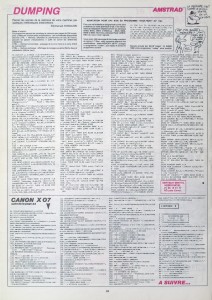The first draft of a schedule for the GANT Winter School, co-organized by Ph. Michel and myself from Jan. 18 to 28, 2011, at the Bernoulli Center of EPF Lausanne (or, as we like to say here in Zürich, ETH Lausanne) is now available. For the moment, it is found on Google Calendar to accomodate possible tweaks, but a downloadable PDF will also be produced soon for offline convenience. The names of the courses can easily be correlated with those on the updated poster; for convenience, here is the list (in chronological order of appearance during the school):
- “Automorphic forms” — “Modular forms, automorphics forms and automorphic representations”, E. Lapid and Ph. Michel
- “Sieve methods” — “Sieve methods”, É. Fouvry and myself
- “Growth and expansion in groups” — “Sum-product phenomena, expansion in groups and applications”, H. Helfgott and P. Varjú
- “Sato-Tate”: “La conjecture de Sato-Tate” — J.-P. Serre
- “Spectral and ergodic methods” — “Point counting on homogeneous varieties: spectral and ergodic-theoretic methods”, M. Einsiedler and S. Mozes
- “Point counting on algebraic varieties” — “Point counting on algebraic varieties and analytic number theory”, T. Browning and R. de la Bretèche
We will also provide abstracts of the courses fairly soon…
(By the way, does anyone know which — if any — URL incantation can force the calendar link to open on the correct date in 5-day-week-display mode?)

